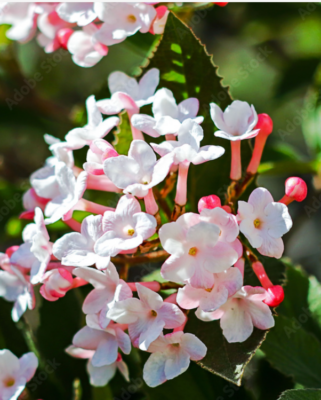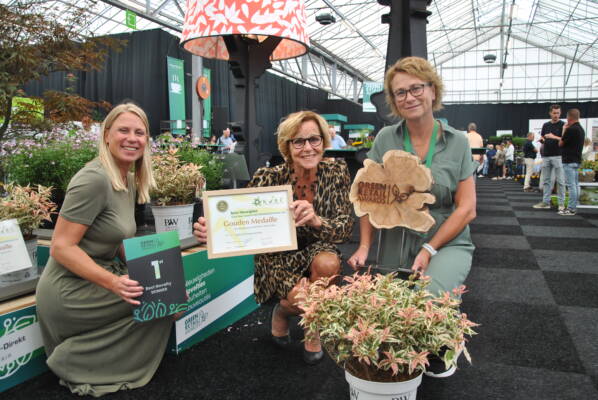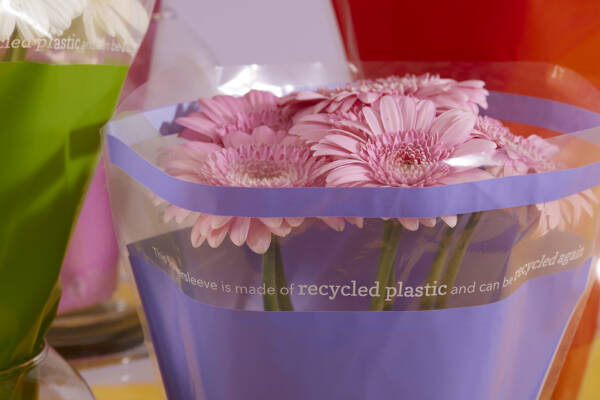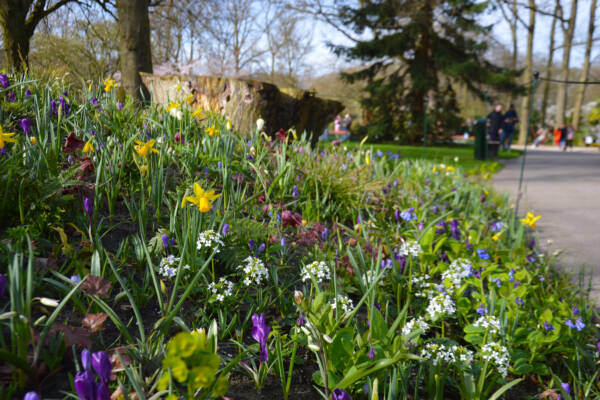During the award ceremony for the 2023 Dutch nominations for the Green Cities Europe Award, attendees embarked on an urban greenery safari through the streets of last year’s Green Cities Europe award winner: Alkmaar. In 2020, the city, internationally known for its cheese market, made an impressive green pledge, committing itself to add 50,000m2 of urban green space, increasing biodiversity and fighting the effects of climate change. Three years later, the city is on track with an extra 30,000m2 green area.
There are approximately 45,000 trees across the city, with Fraxinus and Aesculus hippocastanum overly represented. Sadly, some of these had succumbed to ash dieback (Hymenoscyphus fraxineus or Chalara fraxinea) and bleeding canker (Pseudomonas syringae). So, planting and replacing an additional 6,000 trees was more than welcome. However, in July 2023, Storm Poly slammed into the Netherlands and wreaked havoc in Northern Holland, uprooting 1,000 trees in Alkmaar alone.
Alkmaar’s deputy mayor, Anjo van de Ven and Paul Weidema, senior project manager at Stadswerk072 – Alkmaar’s privatised parks and recreation department – cited the Dutch poet, novelist, and journalist Gerrit Komrij (1944-2012), who once stated that “Wherever an urban planner goes, grass no longer grows”. They say Alkmaar is keen to prove the opposite, primarily through pocket-size parks, a practical, affordable, and relatively quick way to introduce nature in urban areas. Or, as Weidema puts it, “small parks with big impact”.
Amid the declining performance of Alkmaar’s high street Laat, Stadswerk072 and its shopkeeper association Bolwerk teamed up to transform part of the shopping street (about a 300-metre stretch) of it and turn it into a thriving place to work, visit, shop and live. Together, they turned what was formerly a grey area of stark facades, concrete buildings and impermeable surfacing into a miniature green belt, giving each shop a colourful garden planted with trees and multistemmed trees, such as Tilia x flavescens ‘Glenleven’, Tilia cordata ‘Savaria’, Acer griseum, Davidia involucrata, Cercidiphyllum japonicum and Zelkova serrata ‘Urban Ruby’. The planting scheme also includes grasses (Carex morrowi ‘Irish Green’ and Pennisetum ‘Fairy Tales’) and perennials with Aster ericoides ‘Erlkonig’, ‘Golden Spray’, Aster ericoides ‘Lovely’), Geranium phaem ‘Album’ and Geranium phaem ‘Wendy’s Blush’, Geranium x cantabrigiense ‘Biokovo’), Astilbe arendsi ‘Washington’, Astilbe japonica ‘Avalanche’, Astilbe japonica ‘Deutschland’, Astilbe x arendsi ‘Brautschleier’, Astilbe chinensis ‘Vision in White’), Anemone (good old x hybrida ‘Honorine Jobert’, Anemone tomentosa ‘Robustissima’, ‘September Charme’, hybrida ‘Koningin Charlotte’), Hemerocallis (‘Burning Daylight’), ‘Cool it’, ‘Corky’, ‘Crimson Pirate’, ‘Golden Scepter’) occupying pride of place. The regeneration of the high street reduces the risk of flash flooding by intercepting and slowing down the flow of rainfall to sewers and waterways.
Innovation
Several of Alkmaar’s projects are innovative. In some places, for example, garden constructors use olivine mineral rock with the unique property of extracting CO2 from the atmosphere. When rainwater falls on Olivine, the rock mineral helps with water deacidification and creates a natural reaction in which CO2 is turned into other substances that serve as plant nutrition. “Olivine removes as much as one time its own weight of CO2 from the air. So, 1 kg of Olivine extracts 1 kg CO2,” elaborated Weidema. Elsewhere in the city, aquaParkers emerge as parking spaces.
Expert Rob van Asperen explained that the makeup of aquaParker is the brainchild of NL Noviteit, a consortium of entrepreneurs based in the Netherlands’ northeastern Twente region comprising landscape experts, plantsmen, building solutions companies, and suppliers of concrete, paving and landscape materials. They tout their parking solution for existing and new parking spaces as ‘climate-adaptive’ as it absorbs and buffers water during heavy downpours. The open structures of the concrete slabs ensure proper water infiltration, its holes providing planting space for biodiverse plants such as Thymus, Sedum, Camomille, Aceana, Pilosella or Argentina.
Other innovative city greening includes instant Pyracantha hedges blocking the ugly view of a parking lot and a trial with a new circular product: Excellent Garden Soil is made of green compost to which DCM added a mix of fertilisers to offer some buffering capacity to the expected high conductivity levels.


























